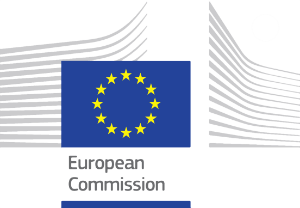Step 1: Create the Story
What story do you want to tell about your object? How do you explain your object in the context of the Thematic Area? What story does it tell about that Thematic Area? What are the important story elements?
Step 2: Visualize the Story
When you have created the story, ask yourself: what do we need to see of the object to understand the story? What elements does the story need? How can we translate the story elements into images, texts or audio elements? How can we visualize the story?
Step 3: Choose your Tool
Once you have come up with the visual elements you need for telling the story, look at the available tools in your framework and what they do. Which tool best suits your visualization? Try to imagine how the tool would look if you fill it with images, text or audio of your object. Remember that you can make use of videos, GIFs, animations etc. . Take a look at existing applications created with your toolset to get inspiration of what is possible. Then choose the tool best suited for telling your story.
Once each object has been assigned to a suitable storytelling tool, it is time to prepare the needed files – such as images, videos, text, audio files etc. When all the content for the storytelling tools is completed, the elements are ready to be assembled. On the H5P platform, this is made easy by the H5P web interface, which guides you through the process.
When all the tools are completed and have been tested, they can be downloaded and incorporated into the backend of the website they will be hosted on.
Storytelling elements can also be created without a framework like H5P, but H5P offers a great variety of engaging content types and is very suitable for people with limited experience in interactive content production, as its interface guides you through the process in an easily comprehensible way.
Nevertheless, the options for creating storytelling content without a framework are almost unlimited these days. The key is to keep up to date with free available online resources for interactive media creation and think creatively about traditional content types and the kinds of storytelling elements they can convey. Think about videos, GIFs, creatively arranged image slideshows, maps, text-based content etc. – how can you arrange these elements on a website in unexpected and innovative ways? How can you package information in them? Which of their qualities make them capable of conveying stories about your objects and subject matters? Think outside the box!
Apart from storytelling tools, an exciting option for online content is incorporating 3D models in your online formats. This offers an innovative engagement modality for the viewers, as it almost mimics the possibility of touching and handling the object in real life – a possibility that not even traditional on-site exhibitions are able to deliver, as handling objects in an on-site exhibition is almost never allowed for the visitor. The most widely known platform for hosting 3D models is called Sketchfab. Sketchfab hosts 3D models and it offers an embeddable viewer that can easily be incorporated in any website. 3D models can also be annotated and thereby enriched with extra content via Sketchfab. The ReInHerit Digital Exhibitions offer embedded 3D models for each of the key objects where a 3D model was available.

